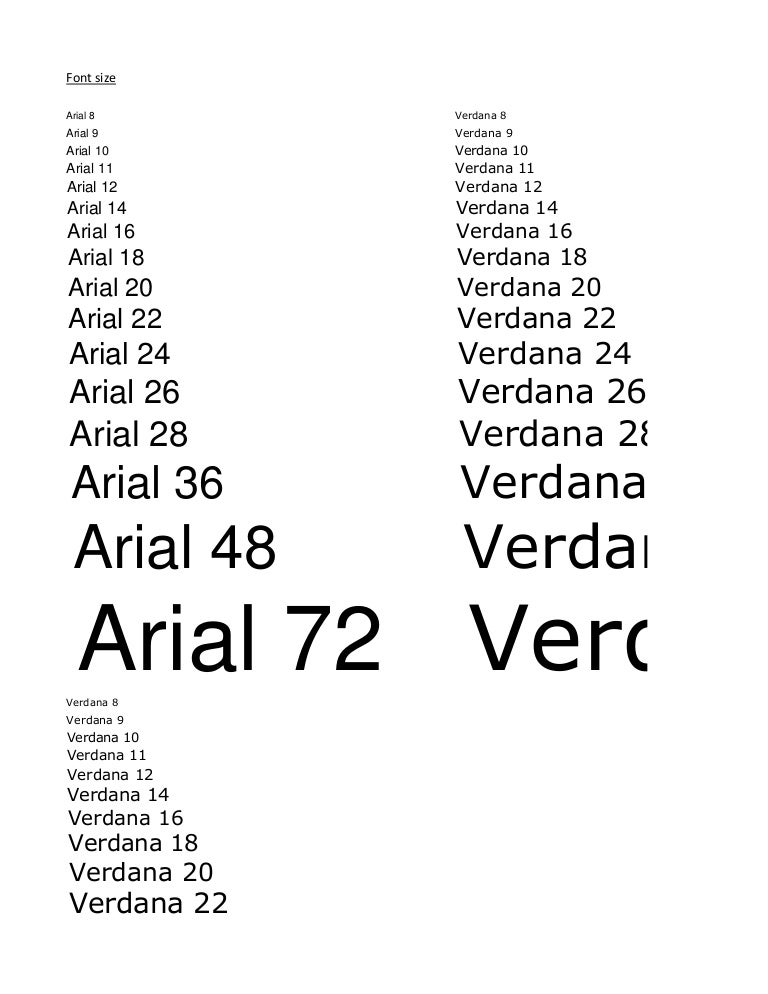


For example: a 12-pt Arial is different than Calibri, and the difference can be more drastic in other cases. This can be achieved with the use of font, size, spacing and contrast.įonts vary in their readability, so it is difficult to recommend a specific number. Hierarchy refers to the arrangement of the information in each slide in a way that is easy for learners to identify the more important from the least important.

Personality: Decorative fonts have the widest variety of moods, but overall they’re characterised with being casual, unique, high spirited and embellished.įor good font combinations and pairing you can visit and keep in mind that not all of them are good candidates for elearning materials. Some examples are Inline, Grunge and Stencil. Decorative fonts are informal and diverse, and can be used as headlines, but not with large blocks of text. Traditionally they’re used for signage designs. Decorative: These are the fonts that don’t fit into the other categories.Sometimes they are seen as more feminine, romantic and pretty. Because of their hand-written nature, they feel more personal, fancy and elegant. Personality: Script fonts have a variety of moods related to them. Some examples include Comic Sans and Vivaldi. If needed, only use it sparingly to emphasise ideas. However, it’s a poor choice for body text. Some of them are more elegant than others. Script: These fonts usually represent handwriting.They’re neutral and universal, sensible and straightforward.

Personality: They have a modern feel to them because of their clean lines and simplicity. Examples include Arial, Helvetica and Verdana. They have a more modern look and are best suited for screen use.
WIDEST NUMBER IN ARIAL FONT HOW TO
How to work with fonts in your elearning materials Here we look at how good use of fonts can improve learner experience and, in turn, bring better elearning results.


 0 kommentar(er)
0 kommentar(er)
